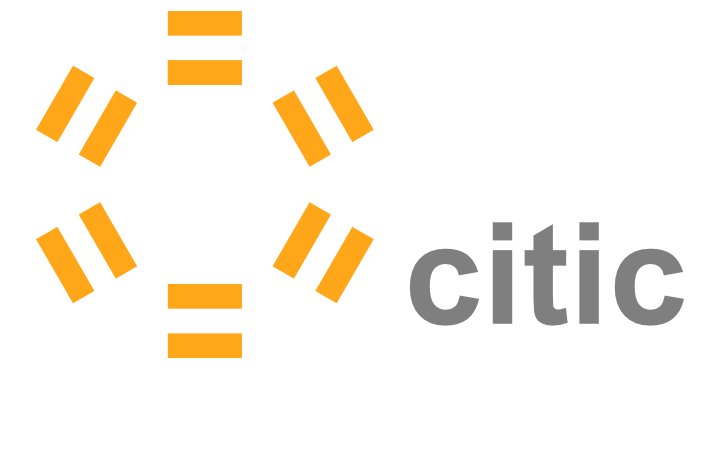SUPPORTING HEALTHCARE
How can it help healthcare professionals?
Direct Volume Rendering (DVR) using Volumetric Path Tracing (VPT) is a scientific visualization technique that simulates light transport with objects' matter using physically-based lighting models. Physically-simulated lighting can better help the understanding of complex 3-D anatomical structures, moreover if explored in Virtual Reality.
Physically-Based Simulation
CINEM3D can generate volume rendering images simulating a physically-inspired behavior of light when interacting with human tissues.
Stereoscopic Virtual Reality
Unleash the potential of Virtual Reality for improved depth perception. We develop interactive rendering techniques.
Photorealistic Visualization
Communicate with patients and other healthcare practicioners enhanced images of your volumetric medical studies (CT or MRI).
Fully-Interactive 3-D Manipulation
Learn from real-world datasets, explore patient-specific medical studies as never before. Aid your surgery planning or 3-D implant design.
IMPROVE 3-D UNDERSTANDING
Improve Perception of Complex 3-D Anatomy
Using physically-based visualizations holds the potential to better reach your audiences through vivid visual content.
Recent studies evidenced perceptual benefits of applying more advanced illumination models for 3-D medical visualization. Consequently, in the past years, interactive volume rendering techniques started supporting more advanced illumination effects. We have contributed with our research to develop the latest advances in this field.
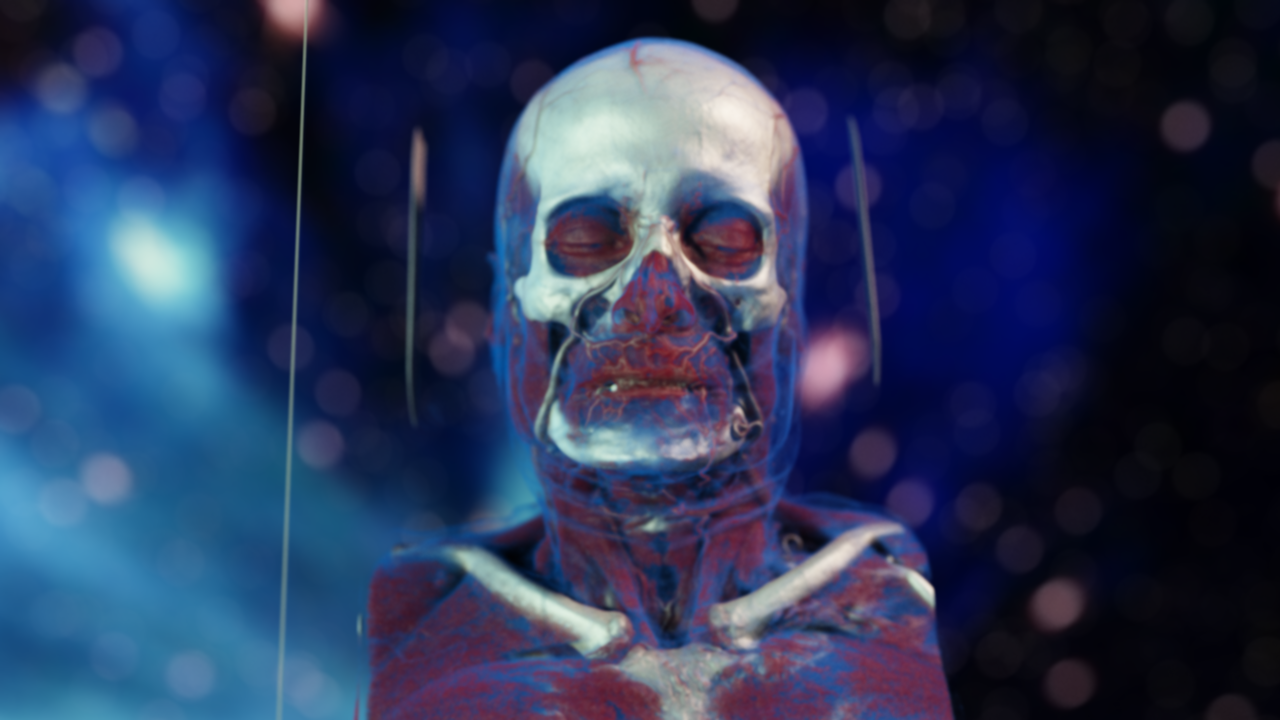
LEARNING & TRAINING
New Training Opportunities
Employing cinematic quality in medical imaging transcend traditional boundaries, ushering a new wave of content for medical training.
Medical training requires to gain a deep understanding of medical imaging and acquisition techniques. Nothing better to get familiar with human anatomy than studying real-world patient-specific cases. Personalized medicine necessitates that our healthcare professionals possess an unprecedented familiarity with the diverse range of human body shapes and potential pathological conditions.

LEARN HOW YOU CAN
Enhance Communication
Using physically-based visualizations holds the potential to better reach your audiences through vivid visual content.
As humans, our brain is used to perceive objects and natural surroundings within our real-world environments, often shaped by natural or artificial lighting conditions. When conveying images, illustrations, and concepts, individuals tend to favor depictions that are illuminated naturally and realistically. Such lighting enhances our ability to comprehend the three-dimensional shapes and relationships between structures more effectively.
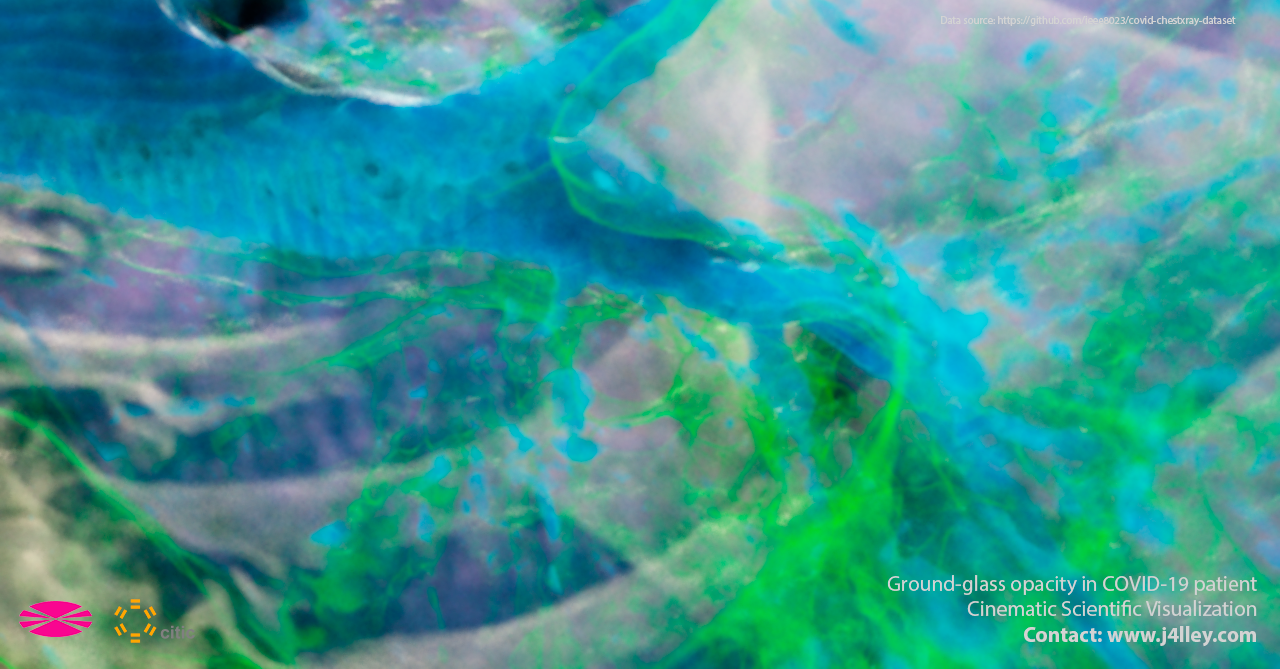
News
Latest related activities of the project.

Talk with the Association of Professors of Radiology and Physical Medicine.
Presented the latest advances of the research project. The program was available here.

Talk at IEEE VR 2024, Orlando, FL (USA)
Our work "Immersive 3D Medical Visualization in Virtual Reality using Stereoscopic Volumetric Path Tracing" has been presented at IEEE VR 2024.
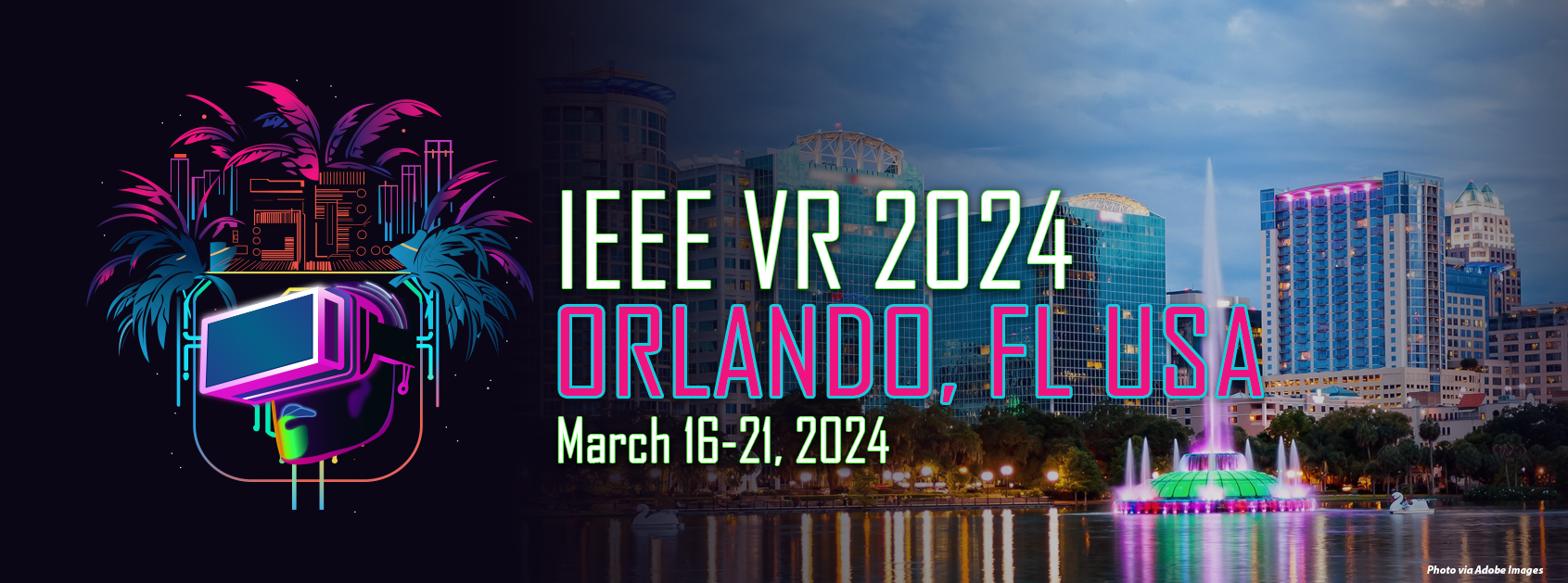
Publication accepted at IEEE VR 2024
Our work "Immersive 3D Medical Visualization in Virtual Reality using Stereoscopic Volumetric Path Tracing" has been accepted at the 2024 IEEE Conference on Virtual Reality and 3D User Interfaces (VR). The related project website is available here.
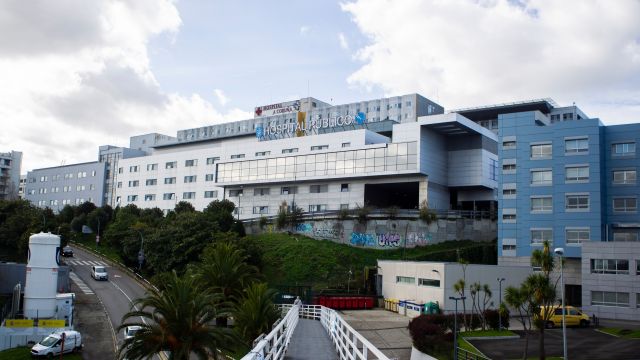
Seminar talk at Complexo Hospitalario Universitario de A Coruña (CHUAC).
The Leonardo fellow will present the latest advances of his FBBVA Leonardo grant during a series of seminar talks at CHUAC, November 16th, 2023. Program available here.

Best Paper Award at ACM SIGGRAPH Asia 2022, Daegu
Our work "Neural James-Stein Combiner for Unbiased and Biased Renderings" has received one of the Best Paper Awards at SIGGRAPH Asia 2022.

Publication accepted at ACM SIGGRAPH Asia 2022, Daegu
Our work "Neural James-Stein Combiner for Unbiased and Biased Renderings" has been accepted at SIGGRAPH Asia 2022. The open access version can be found at the ACM Transactions on Computer Graphics.

Talk at the XV Workshop on Cell Therapy and Regenerative Medicine
The Leonardo fellow will talk about recent progress in 3-D reconstruction and visualization of medical CTs at the XV Workshop on Cell Therapy and Regenerative Medicine, at CICA. October 4th, 2022.

A Snapshot View of IEEE VIS 2021
Our work on real-time denoising for cinematic volume rendering has been featured in the ACM SIGGRAPH Blog post about IEEE Vis 2021.
Project funding

This project has been funded by a 2021 Leonardo Grant for Researchers and Cultural Creators, BBVA Foundation.
The Foundation takes no responsibility for the opinions, statements and contents of this project, which are entirely the responsibility of its authors.
Acknowledgments
This project would have not been possible without the support provided by a 2021 Leonardo Grant for Researchers and Cultural Creators, BBVA Foundation. The PI also acknowledges the UDC-Inditex InTalent programme for making it possible to return to his alma mater, the University of A Coruña (UDC), and the Spanish Ministry of Science and Innovation (AEI/ RYC2018-025385-I) and Xunta de Galicia (ED431F 2021/11) for providing continuous support in his research career.
